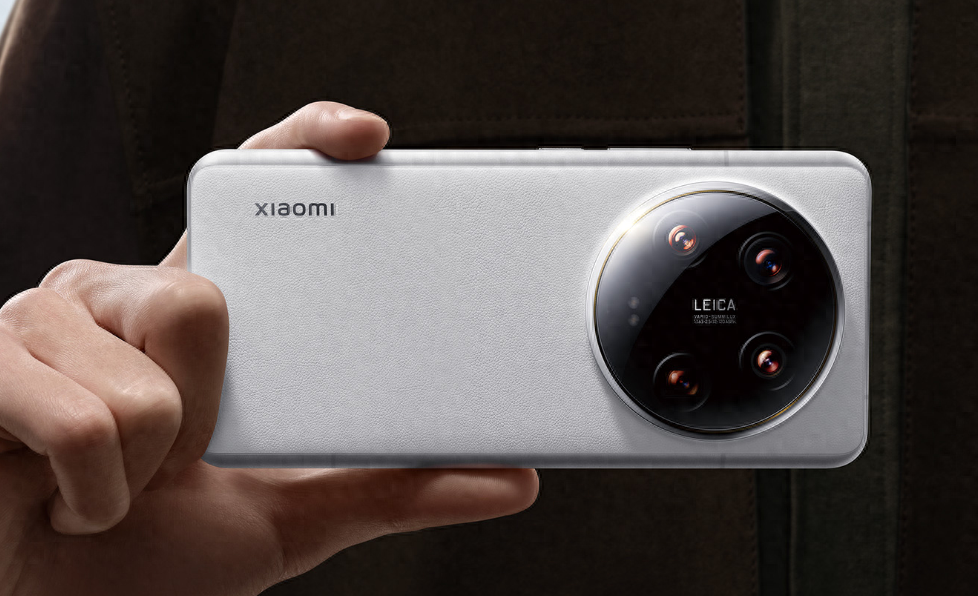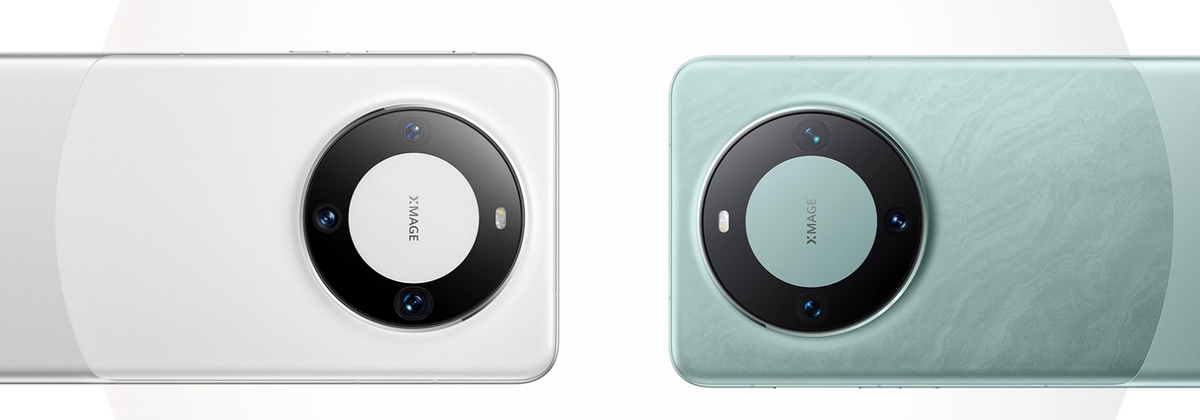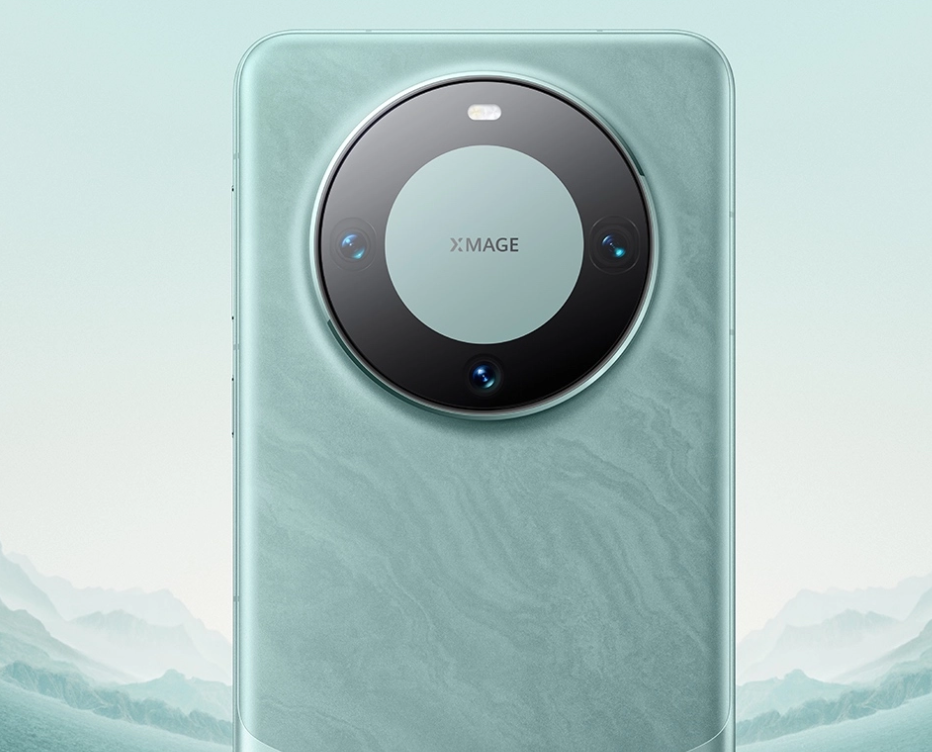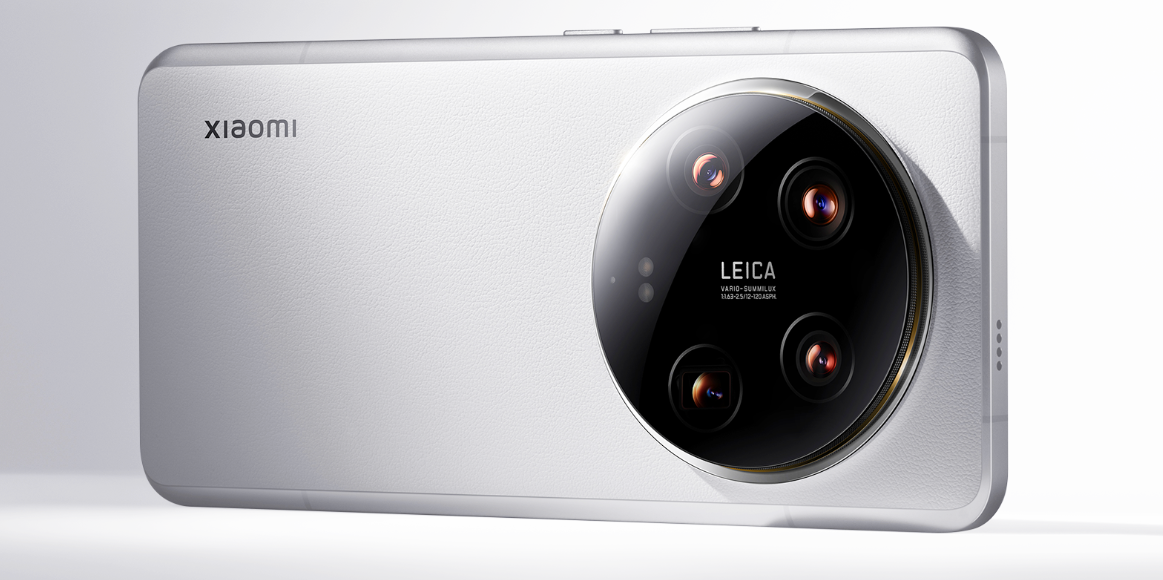Last year, Huawei quietly launched the Mate 60 series, with the starting price of 6499 yuan for the Mate 60 Pro, featuring a memory combination of 12+256GB. Since its release, it has been very popular and even today, they cannot meet the demand for the entire series in stock. Currently, the majority available are 12+512GB and 12+1TB models. Interestingly, Xiaomi 14 Ultra has been released at the same starting price of 6499 yuan, also starting with 12+256GB. Now the question arises, how should one choose between these two smartphones?
Clear Performance Differences

Xiaomi 14 Ultra comes with the Snapdragon 8 Gen3 processor built on TSMC’s 4nm process, which is currently one of the top processors in the Android camp. Its performance speaks for itself. On the other hand, the Huawei Mate 60 Pro features the Kirin 9000S chipset, which is a self-developed product. While it lags slightly behind the Snapdragon 8 Gen3 in performance, it offers a slightly higher overall performance level than the Snapdragon 888. Moreover, with the support of the HarmonyOS system, it ensures smooth daily usage. For those with higher performance requirements, it is advisable to choose the better processor.
Distinctive Camera Capabilities
The rear camera setup of Xiaomi 14 Ultra is quite powerful. It includes a new generation Sony LYT-900 one-inch main camera sensor with 1024-level variable aperture support. Additionally, it has three Sony IMX858 lenses for wide-angle, portrait, and periscope telephoto shots, benefiting from Leica’s joint tuning, which results in impressive photography capabilities.

In comparison, Huawei Mate 60 Pro’s main camera has a 5000W pixel count with ten-level variable optics, along with a 1200W pixel ultra-wide angle and 4800 periscope zoom lens. Although it lacks one lens compared to Xiaomi 14 Ultra, and the overall camera hardware specs may seem weaker, its image capabilities are actually quite good, thanks to its own XMAGE image processing.
Screen Specifications
Both Xiaomi 14 Ultra and Huawei Mate 60 Pro feature a “deep micro four-curved screen design” with high aesthetic appeal. Xiaomi 14 Ultra comes with Dragon Crystal Glass, while Huawei Mate 60 Pro features second-generation Kunlun Glass, both ensuring durability against drops.

Regarding screen resolution, Xiaomi 14 Ultra boasts a 2K-level resolution with support for 1920Hz high-frequency PMW dimming. On the other hand, Huawei Mate 60 Pro has a 1.5K resolution, which may not be as refined as Xiaomi 14 Ultra, but it supports 1440Hz high-frequency PWM dimming. In terms of fingerprint recognition, Xiaomi 14 Ultra has an ultra-thin screen fingerprint sensor, while Huawei Mate 60 Pro has a short-focus screen fingerprint sensor. However, the latter also offers 3D face recognition.
Comparable Battery Performance

Xiaomi 14 Ultra is equipped with a 5300mAh battery, supporting 90W fast charging and 80W wireless charging capabilities.
Huawei, on the other hand, features a 5000mAh battery with 88W fast charging and 50W wireless charging support. There is not a significant difference in overall battery performance, which also depends on the chipset performance and manufacturer optimizations.
Price Comparison

Both these smartphones have a starting price of 6499 yuan for the 12+256GB variant. However, Xiaomi 14 Ultra gains an edge in RAM capacity, also reflected in its pricing. The 16+512GB and 16GB+1TB models are priced at 6999 and 7799 yuan respectively. In comparison, Huawei Mate 60 Pro is priced at 6999 and 7999 yuan for the 12+512GB and 12+1TB models.
In conclusion, both Xiaomi 14 Ultra and Huawei Mate 60 Pro are excellent domestic smartphones. Xiaomi 14 Ultra offers more compelling features and a certain price advantage, making it a strong contender in terms of value for money. On the other hand, Huawei Mate 60 Pro stands out with its self-developed chipset, HarmonyOS, and even the image processing is done in-house with XMAGE technology. It presents numerous highlights, making it a good choice for those who prefer Huawei smartphones. Moreover, the Mate 60 series signifies the formal return of Huawei smartphones to the market!